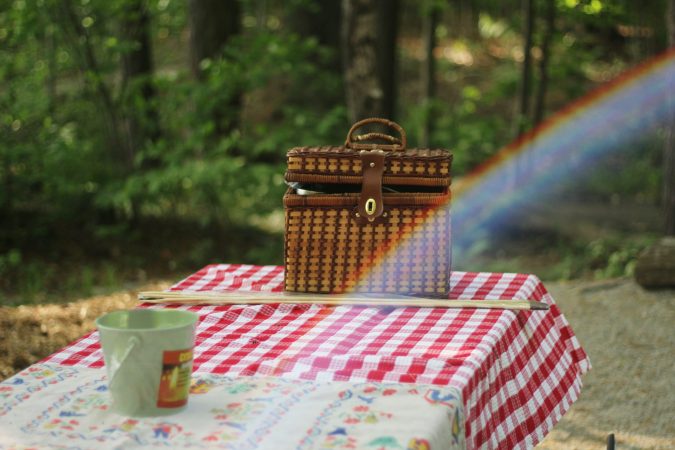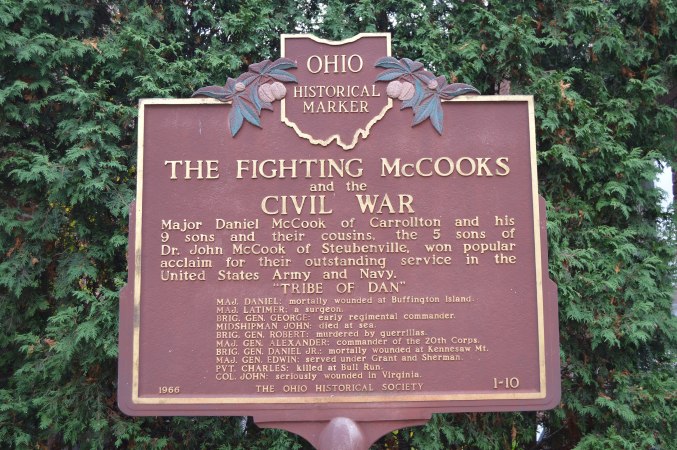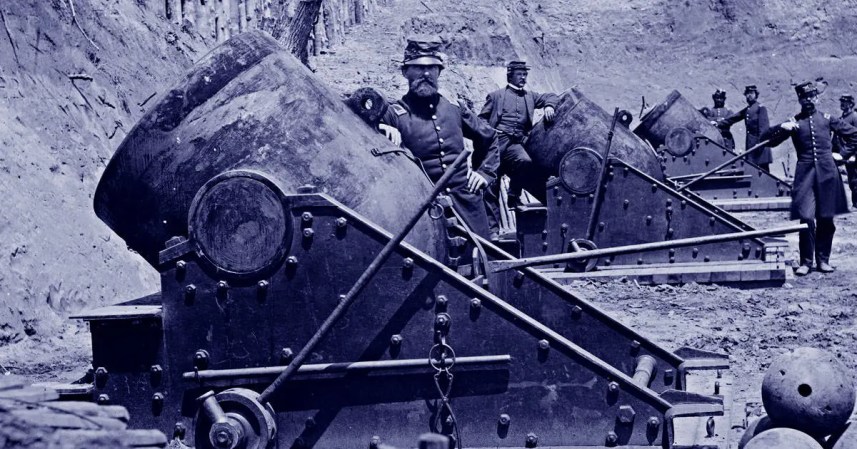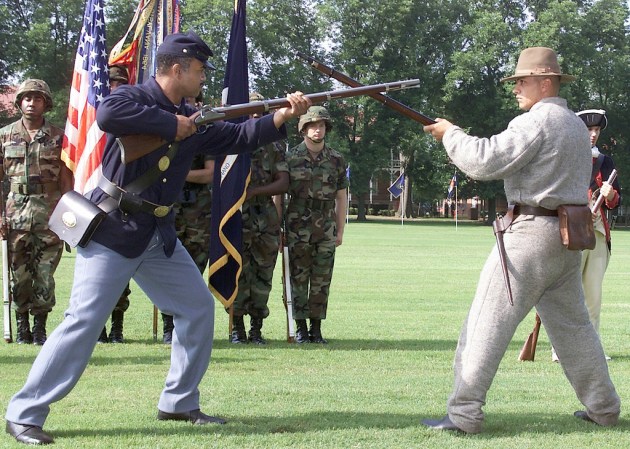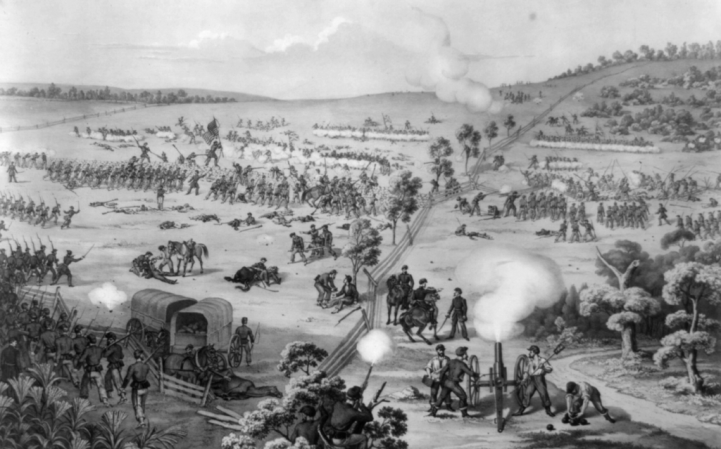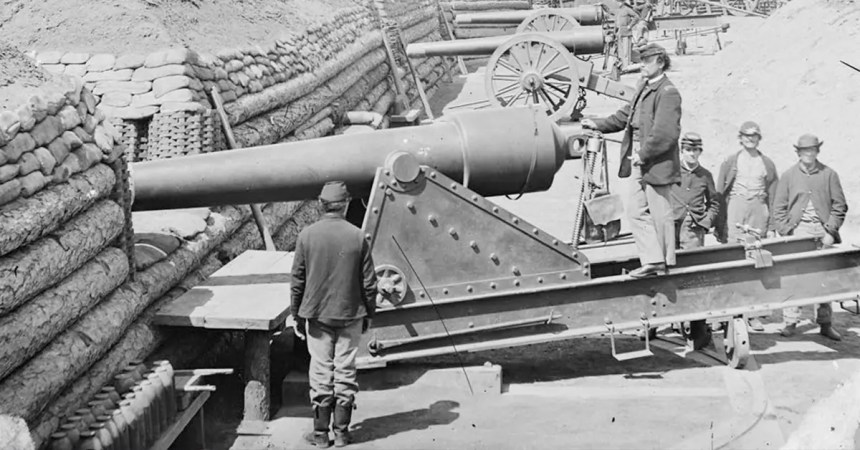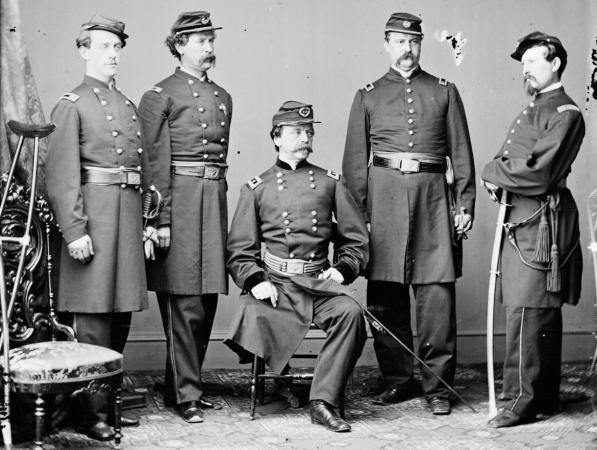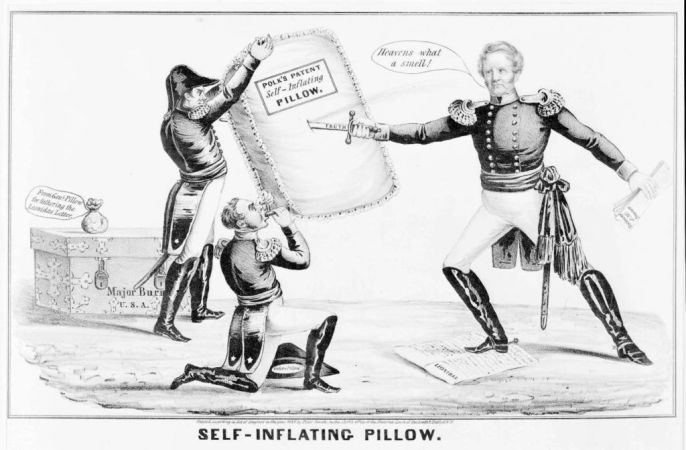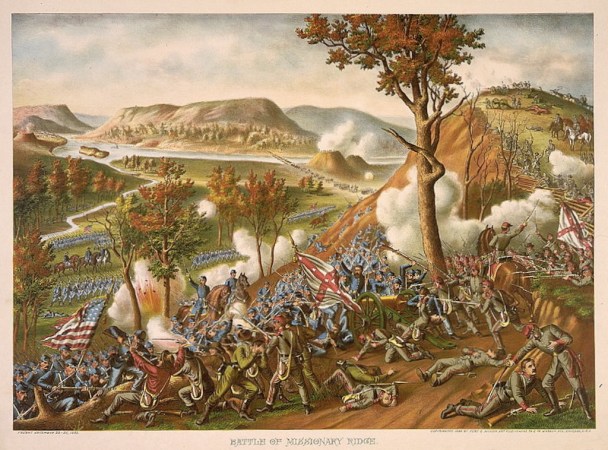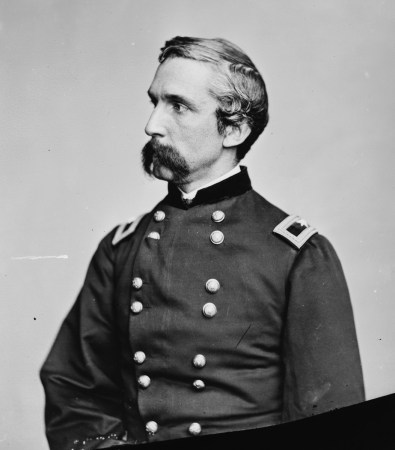
The Mud March, an offensive launched into Virginia by the Union army on Jan. 20, 1863, was the perfect storm of bad luck, poor logistical planning and atrocious weather.
It was a huge operation aimed at striking a mortal blow to the Confederacy that ended up collapsing under its own sodden weight in the mud, with practically no combat to speak of.
Following the disastrous Union defeat at Fredericksburg, Virginia on Dec. 13, 1862, morale among Union soldiers and the public was hitting a new low.
The Union Army of the Potomac, under the command of the newly appointed Gen. Ambrose Burnside, had hoped to quickly cross the Rappahannock river at Fredericksburg and race to Richmond, the Confederate capital. The Army of Northern Virginia under Confederate Gen. Robert E. Lee was waiting for them.
The Union suffered nearly 13,000 casualties, mostly in doomed frontal assaults against dug-in rebel troops on Marye’s Heights, who had ideal shelter behind an existing stone wall. The Confederacy had taken less than half as many losses, and the Union army was sent reeling back.
Burnside was desperate to retrieve his reputation, which the slaughter at Fredericksburg had left in tatters. He proposed a bold new offensive against Lee’s left flank, drawing the enemy into the open from their defences where they could be destroyed. January had been mild and dry so far, and the need for a quick victory to make up for Fredericksburg was paramount.
But when the army departed on Jan. 20, a drizzling rain gradually became a total downpour that lasted for days. Pontoon bridges to be laid over the Rappahannock river were delayed by logistical problems and huge traffic jams developed. Two entire corps were misdirected through the same crossroads becoming completely ensnarled.
Artillery and wagons became hopelessly mired in the muddy roads. Hundreds of draft animals dropped dead of exhaustion trying to pull their loads. Some units could move less than two miles a day.
Faced with miserable soldiers shivering in the mud, Burnside decided to lift their spirits by ordering a ration of whiskey issued to the army. But the liquor was distributed a little too freely,and many units started to descend into drunken squalor. A brawl broke out between two regiments with a history of rivalry, leading a third regiment to intervene in an effort to break it up.
The resulting chaos may have been one of the largest fistfights in American history.
All surprise had been lost. Lee and his army were dug in on the other side of the Rappahannock. Confederate scouts and pickets observing the Union army jeered and shouted insults, waving signs emblazoned with “Burnside’s Army Stuck in the Mud” and “This Way to Richmond” with arrows pointing in the opposite direction.
The ill-fated offensive was called off. It was such a fiasco that Burnside was relieved as commander of the army on Jan. 25 and replaced the next day by Maj. Gen. Joseph Hooker.
Burnside had never wanted the job of replacing general George B. McClellan, his predecessor, believing himself unfit for an army level command. He took it only after being informed that the command would go to Hooker, whom he greatly disliked and distrusted.
Following the disasters of Fredericksburg and the Mud March, Hooker ended up with the command anyway. Hooker went on to face calamity at the battle of Chancellorsville, where his army was routed by Lee despite outnumbering him by over 2-to-1.
The Union Army had faced a string of defeats in the Eastern Theatre, from the first Bull Run to the abattoir at Fredericksburg. But the Mud March shows how bad weather and bad planning can stop even a powerful army in its tracks as effectively as rifles and artillery.









